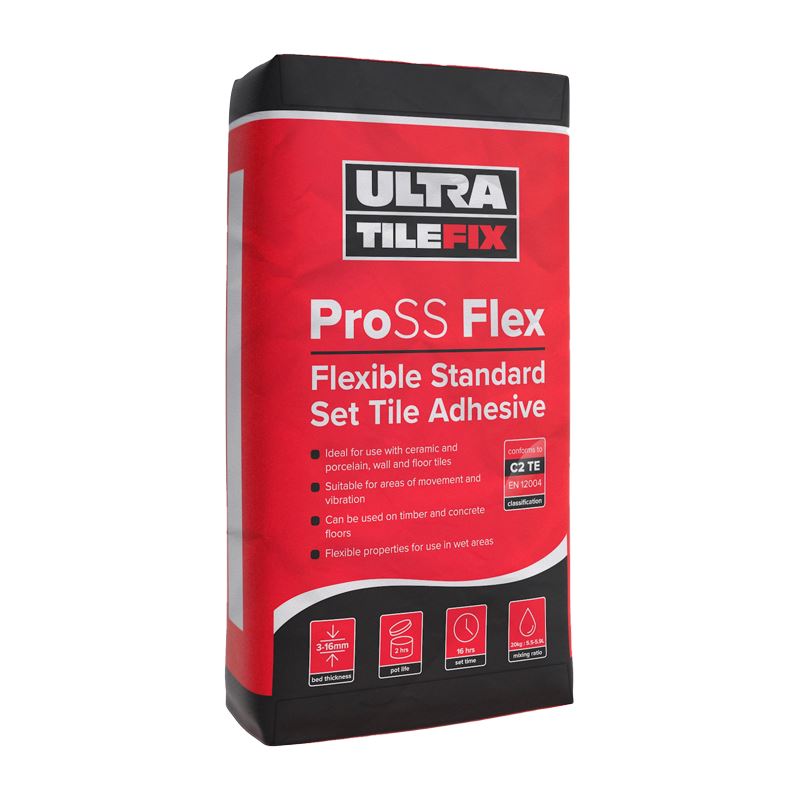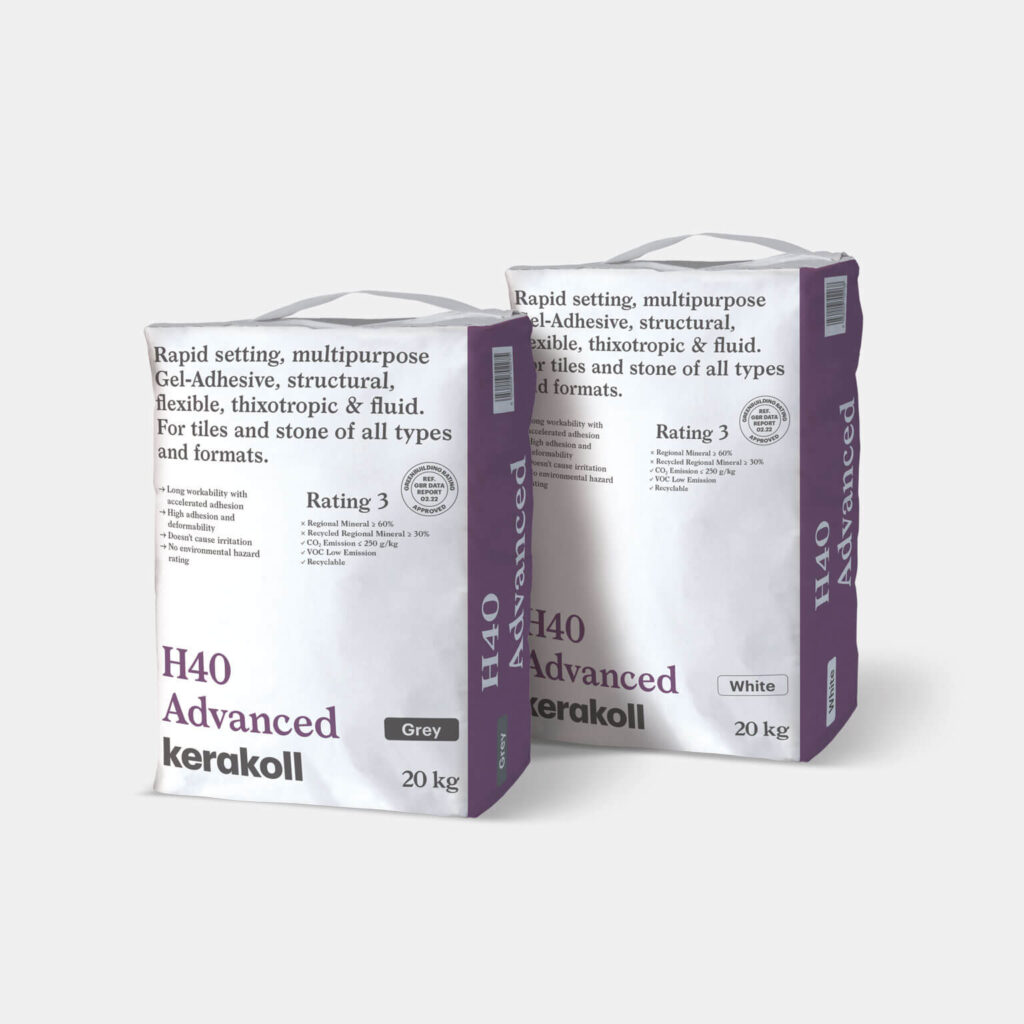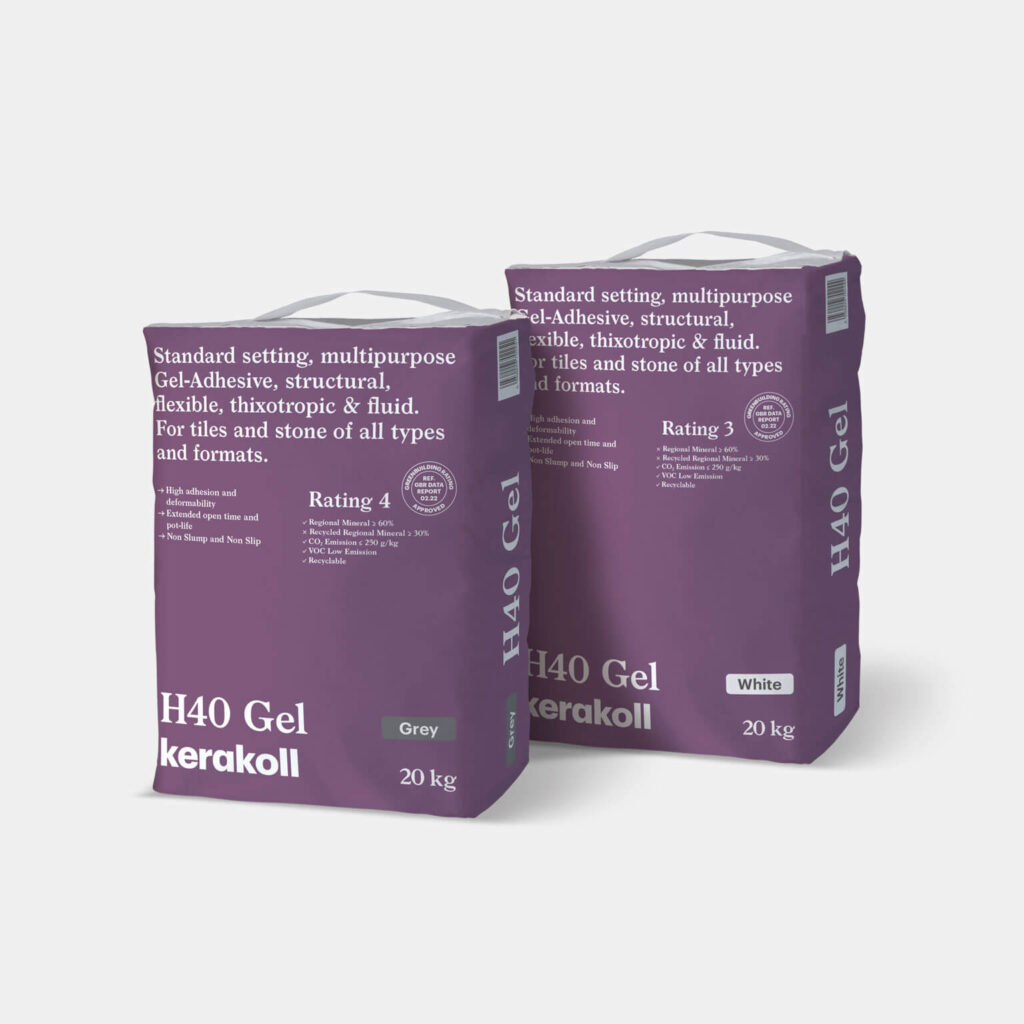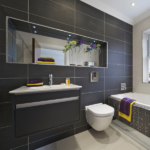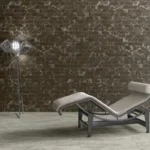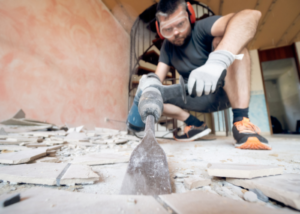With over 30 years in the tiling business, we’ve had our fair share of experiences with underfloor heating installations and tiling. We’ve installed thousands of tiles in bathrooms and kitchens with underfloor heating systems, and our customers always tell us we do a great job!
It’s now becoming more popular for customers to take on kitchen and bathroom DIY projects themselves, including laying tiles. If you’re working on a project or just planning ahead, here’s our guide to avoiding common pitfalls and ensuring a top-notch result.
Can You Tile Over Underfloor Heating?
Tiling over underfloor heating is not only possible, but also common and relatively easy. You need the right tiles that will withstand the heat and can use a protective mesh to stop excess heat from causing issues with the grout and damaging the tiles.
Also, if you have a large surface area to cover, then you might need to consider adding expansion joints, which will also stop cracking on the surface of your new tiles.
What’s the Best Way to Prepare for Installing Tiles Over Underfloor Heating?
Tiling over underfloor heating requires some preparation, as you need to have the right tiles, as well as adhesive and grouting. You should also consider using a self-levelling compound to cover the underfloor heating system to protect it and the tiles.
Before you start the project, you need to make sure the underfloor heating system is switched off and cooled down. If it’s hot, then this could make it hard for the grouting to set properly, which will mean your tiles might not be installed correctly.
Also, if you’re touching the underfloor heating system while tiling, then you might hurt yourself if it’s too hot. So, switch it off and leave it for at least an hour. During that time, you can get all your equipment together and prepare for the project.

Which Tiles Are Best Suited to Being on Top of Underfloor Heating?
Stone and ceramic tiles go well over underfloor heating, as they’re both durable and good at conducting heat. They come in a range of styles, so you can pick the ones that will work best with your home’s décor and give you the look you were striving for.
Porcelain tiles can also be used over underfloor heating. All these tile options are long-lasting and will give you a great look and help you make the most of your underfloor heating to stay toasty and warm all year round.
What Are Your Top Tips for Floor Tile Maintenance?
One of the biggest benefits of choosing floor tiles is that they’re easier to care for and clean than carpets. Also, as they don’t absorb moisture, they’re better for rooms that get wet easily, such as your bathroom and kitchen.
Still, just because they’re easy to look after doesn’t mean tiles don’t require care. You still need to look after them to get the most out of them. Here are some simple tips on looking after your floor tiles:
| Tips on Looking After Your Floor Tiles |
|---|
| 1. Hoover the tiles every week or four days, depending on how much footfall they get and how dirty they appear. Always hoover or sweep up before you mop the tiles to ensure that grit and dirt don’t damage the floor. |
| 2. Wash your tile floor with a non-abrasive cleaner, such as soap and warm water, or a specialist tile cleaning solution. |
| 3. Be vigilant and watch for any splitting or grout issues. This might not mean that you need to replace the tiles, but you might just need to repair the grout, but you need to do it immediately to stop water from getting under the tiles and wreaking havoc. |
Tile care is important if you want your floors to last and look beautiful for many years. When cared for properly, a tiled floor could last many years and be a stunning addition to any room.
If you’re unsure about how to clean or maintain your tiles, then speak to your local tile expert. Our teams can talk you through replacing tiles and maintaining any tiling product in our extensive range.
What Are Some Signs Floor Tiles Might Need Replacing?
Tiles can last a long time, but they’re not immortal. If your tiled floor has to withstand a lot of wear and tear, then it may need replacing sooner than you might think. The best way to know if a tiled floor needs replacing is to look at it to see if there are any large cracks or loose tiles.

Cracks and loose tiles can let water in, which will mean that you could damage the screed under the tiles and cause lasting harm to your home’s structure. Stagnant water sat under your tiles is also a potential health hazard, as it can grow mould and become smelly.
As such, you should always look out for changes in odour around your tiles, and if you’re unsure, speak to a flooring expert.
What’s Your Recommendation for Tile Adhesive?
The type of tile adhesive you use will depend on several factors, including:
- The type of tiles you choose
- The floor material underneath the tiles
- How wet the tiles will get
- Any heat or climate condition changes, such as extreme cold or heat
When choosing tile adhesive for tiles laid over underfloor heating, you should look for a reduced slip adhesive with T on the label to limit potential movement. Try to find a product that will give you a lasting hold and a pristine look.
Our team can help you to find the right tile adhesive for your project by checking all your specifications and selecting the perfect product for you.
Where Can I Buy the Right Tiles for My Project?
Buying the right tiles to go over your underfloor heating requires expert support and guidance. At Bridport Glass and Tile Centre, we can talk you through the best tiles for any kitchen or bathroom flooring project and show you our range that works well over underfloor heating.
Alongside our extensive array of floor tiles, we also have outdoor tiles and other floor coverings like carpet and vinyl. That means we can help you with all of your flooring and decorative DIY projects and guide you through the process of finding the perfect materials to suit your needs.
If you want our expert guidance and tailored support, then call us on 01308 427281 or email sales@bridportglassandtile.co.uk. You can shop online or visit our tile centre in Bridport to see our products in person. We look forward to hearing about your next project!
FAQs
Yes, you can tile directly onto underfloor heating, but you need to make sure that the tiles are suitable for use over the heating system. Speak to our tile experts if you’re unsure about any aspect of tiling directly onto your underfloor heating.
No, you should switch off your underfloor heating system and wait until it has cooled down before tiling on top of it. If the system is still running while you’re working with the tiles, then this could cause problems with grouting and tile damage.
Typically, you should wait at least 5 to 7 days before switching on your underfloor heating. This will give the adhesive and grouting sufficient time to dry out completely and ensure that your tiles are firmly secured in place.
If you switch on your underfloor heating too quickly, then yes, it can cause the grout on tiles to crack. This is because heat causes expansion and contraction in the tiles, which could cause them to move and result in broken grout.

